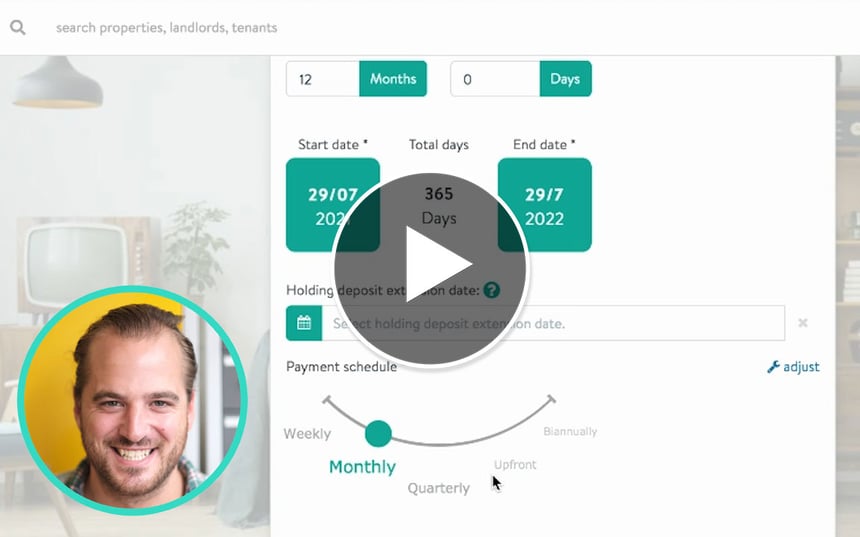Deposit protection: 10 ways to get it right
Deposit protection is a key part of your agency's compliance process. TDS breaks down the 10 ways to get it right.
Renting out a property involves a lot of compliance steps - and protecting your tenants' deposits is just one of them. Between understanding the legal obligations, choosing a suitable deposit protection scheme, and learning how to prevent potential disputes - starting on the right foot is essential. Here are our expert tips to help guide you through what you and your landlords need to know.
1. Register the deposit on time
For any new tenancy, you must register the deposit within 30 days of receiving it, or within 30 days of the tenancy becoming an assured shorthold tenancy, if this occurs after you receive the deposit.
If you don’t meet the above requirements, a tenant can make a claim through the courts for the full deposit and a penalty of between one and three times the value of the deposit.
2. Deliver the prescribed information
Your tenant - and every "relevant person" who has contributed to paying the deposit - must be given the prescribed information within 30 days of you receiving the deposit, or within 30 days of the tenancy becoming an assured shorthold tenancy, if this occurs after you receive the deposit.
3. Ask your tenant for a signature, for proof
When providing your tenant with the prescribed information, ask them to sign if possible. If you don’t give the tenant the prescribed information in time, they could start court action for compensation.
4. Use a detailed inventory
Provide your tenant with a detailed inventory at the beginning of the tenancy and get them to sign it in agreement.
The inventory should include a schedule of condition at check-in and check-out, and can be printed or digital. Inventories often include photography to supplement the written statement, or in some cases, video clips.
5. Keep your records up to date
If there are any changes during the tenancy, update all the records and documents, including the tenancy agreement. Your deposit protection scheme should be advised of any changes in ownership or management.
6. Use a mediation service, for any mid-tenancy disputes
If you are experiencing mid-tenancy disputes, your scheme provider may be able to offer mediation solutions. TDS Resolution offers a free and impartial mediation and coalition service to help landlords and tenants resolve disputes and maintain the tenancy.
The confidential service is available for landlords, agents acting on their behalf, and tenants. We can assist with issues such as repairs, entry rights, rent arrears and breach of tenancy terms.
7. Give the deposit back within the right time frame
At the end of a tenancy, if there is no dispute and you hold the deposit, release the deposit within 10 working days. If the Tenancy Deposit Scheme holds the deposit and the parties agree, the deposit is released within 10 working days.
8. If there is a dispute, try to communicate with your tenant first
Many disputes could be resolved before reaching adjudication by simply talking to each other and discussing the complaint, to see if an agreement can be achieved.
Our Deposit Deductions template has been proven very effective in outlining the deductions you wish to make, and coming to an agreement.
9. Make sure that you send the disputed amount, where required
If you can’t reach an agreement, and you hold the deposit, you must send your scheme provider the disputed amount.
No matter which scheme you are with, you can use the Tenancy Deposit Scheme's free alternative dispute resolution service where an adjudicator decides how the deposit should be repaid.
10. Submit all relevant information to help with dispute outcomes
Ensure that you include the check-in and check-out inventories and condition reports, as well as any photographs, relevant invoices and receipts.
If you are claiming for rent arrears, send us a schedule of what’s been paid and what hasn’t – along with the rent due dates. The documents provide evidence that any property damage or rent arrears are the tenant’s responsibility.
This article was originally published on www.tenancydepositscheme.com.









